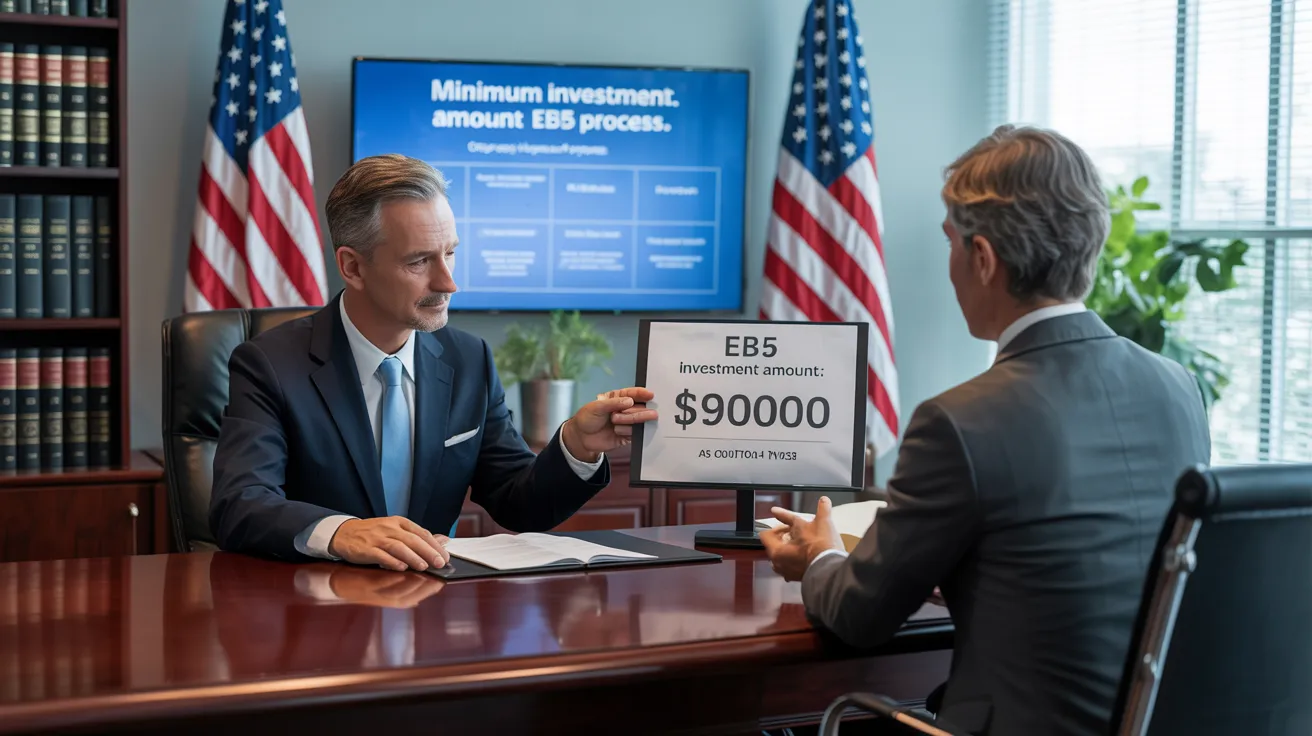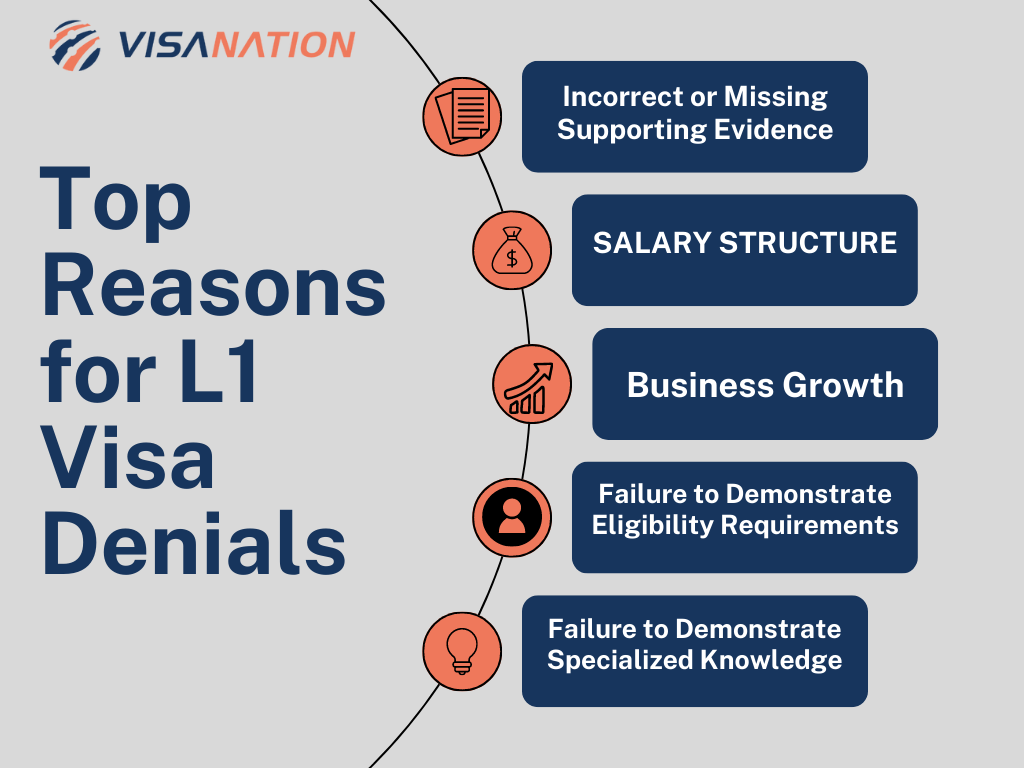L1 Visa Fundamentals Explained
Table of ContentsWhat Does L1 Visa Do?Not known Facts About L1 Visa5 Simple Techniques For L1 VisaThe smart Trick of L1 Visa That Nobody is DiscussingSome Known Facts About L1 Visa.
L-1 visas are available to workers of a global company with offices in both the USA and abroad. L1 Visa. The visa allows such foreign employees to transfer to the corporation's United States workplace after having actually functioned abroad for the firm for at the very least one continuous year within the previous three previous to admission in the United StatesOne L-1 visa can enable multiple staff members entry into the United States. Partners of L-1 visa owners are allowed to function without restriction in the United States (utilizing an L-2 visa) case to condition, and the L-1 visa might legitimately be utilized as a stepping rock to a permit under the doctrine of dual intent.
Considering that 2000, Indian nationals are the largest receivers of L-1 visas. The variety of L-1 visas offered to Indian nationals leapt from 4.5 percent in 1997 to 43.8 percent in 2006. In 2019, Indian nationals obtained 18,354 L-1 visas, accounting for 23.8% of all L-1 visas issued in 2019. According to USCIS data, the largest employers to obtain L-1 visas in 2019 were Tata Working as a consultant with 1,542 accepted L-1 visa petitions, Infosys with 517, Amazon with 455, Cognizant with 382, and Deloitte with 305.
Congress developed the L-1 visa in 1970. It was presented as a "noncontroversial change" for multinational American companies. The initial visa called for that the work period match directly before getting the firm transfer. Congress initially did not specify "specialized understanding". In 1980, the State Department issued 26,535 L-1 visas.
Getting The L1 copyright Work
Major Indian outsourcing companies such as Tata, Infosys, and Wipro increasingly made use of the L-1 copyright team American multinational firms. Fifty percent of Tata's workers brought to the United States came on L-1 visas.
In 2003, the Us senate Judiciary Committee held a hearing on the L-1 visa. In fiscal year 2004, the number of L-1B visas went beyond the number of L-1A visas.

Candidates that are in the United States at the time of the filing of the I-129 can request a change of standing from their existing nonimmigrant condition (i.e. site visitor, trainee, and so on), as long as they remain in standing at the time of the declaring of the I-129. If they go out of condition after the declaring, yet before approval, there is no adverse repercussion, and the individual does not accumulate unlawful visibility.
Youngsters of the primary L-1 can go to institution. The spouse of the main L-1 has an automated right to function in the USA. Children can decline paid work. The partner can, but need not, apply with the USCIS for contact us work authorization after showing up in the USA and, after issuance of the Employment Permission Paper (EAD, Kind I-765), may thereafter help any kind of employer.
L1 Visa - The Facts
An I-797 Notification of Activity revealing the authorization of the copyright does not assure that a visa will be provided at the U.S.

Excitement About L1 Visa
For an L-1 visa candidate, "twin Intent" is enabled: unlike some courses of non-immigrant visas (e.g., J-1 visas (L1 Visa)), L-1 candidates might not be rejected a visa on the basis that they are an intending immigrant to the United States, or that they do not have a residence abroad which they do not intend to abandon
L-1 condition might be restored and extended within the USA. Other than when it comes to covering requests, a new I-129 request should be filed. Renewal in the USA applies to condition just, not the real visa in the key. copyright revival, the applicant has to most likely to an U.S

The Facts About L1 Visa Uncovered
A person in L-1 standing typically may function only for the requesting company. If the L-1 worker gets in based upon an L-1 covering, however, it normally is feasible for the worker to be relocated in the same capability to any kind of various other associated firm listed on the covering. The L-1 visa program has been criticized for many reasons.
In one instance, The U.S. Department of Labor fined Electronic devices for Imaging $3,500 for paying its L-1 visa workers $1.21 an hour and working several of them as much as 122 hours a week. Some sector representatives have actually implicated companies of utilizing the L-1 program to change united state employees. Detractors and government authorities have mentioned just how the visa program does not specify "specialized knowledge" for international employees in the L-1B visa category.